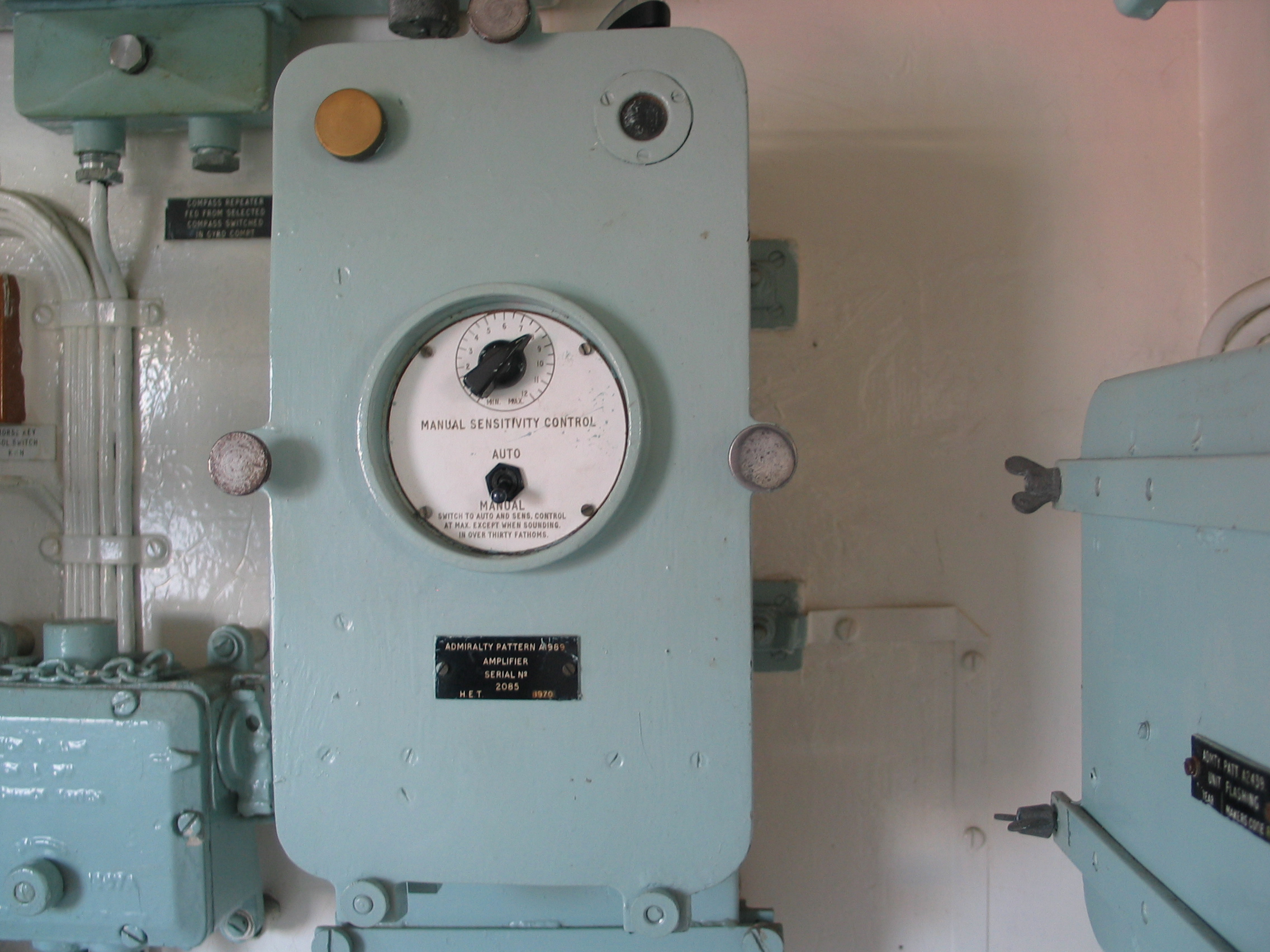Five Predictions on What Is Control Cable in 2024
페이지 정보
작성자 Gerard 댓글 0건 조회 8회 작성일 24-10-17 21:48본문
USB OTG devices are backward-compatible with USB 2.0 (USB 3.0 for SuperSpeed OTG devices) and will behave as standard USB hosts or devices when connected to standard (non-OTG) USB devices. A powered USB hub may sidestep the issue, if supported, since it will then provide its own power according to either the USB 2.0 or USB 3.0 specifications. Using GSMArena as an example, one would locate the page for a given device, and examine the verbiage under Specifications → Comms → USB. Some aircraft, the Panavia Tornado for example, retain a very basic hydro-mechanical backup system for limited flight control capability on losing electrical power; in the case of the Tornado this allows rudimentary control of the stabilators only for pitch and roll axis movements. For example, the computer in flight envelope protection mode can try to prevent the aircraft from being handled dangerously by preventing pilots from exceeding preset limits on the aircraft's flight-control envelope, such as those that prevent stalls and spins, and which limit airspeeds and g forces on the airplane. 34 out of 44 of them can be subject to bit stuffing. There is a bit happening in terms of complex derivatives, in terms of clearing house arrangements, though it’s a bit limited.
There are many non-compliant hubs on the market which announce themselves to the host as self-powered despite really being bus-powered. Hubs may feature power switches for individual ports to allow conveniently power cycling unresponsive devices. Some USB hubs may support power delivery (PD) to charge a laptop battery, if self-powered and certified to do so, but may be referred to as a simple docking station due to the similar nature of only needing one connection to charge the battery and connect peripherals. Some self-powered hubs do not supply enough power to drive a 500 mA load on every port. The main exception is that OTG hosts are only required to provide enough power for the products listed on the TPL, which may or may not be enough to connect to a peripheral that is not listed. Consequently, plugging a device into one port may physically block an adjacent port, particularly when the plug is not part of a cable but is integral to a device such as a USB flash drive.
If "USB Host" is shown, the device should be capable of supporting OTG-type external USB accessories. These hubs and devices do allow more flexibility in the use of power (in particular, many devices use far less than 100 mA and many USB ports can supply more than 500 mA before going into overload shut-off), but they are likely to make power problems harder to diagnose. Self-powered hubs can power high-voltage devices such as speakers, printers, and scanners. A self-powered hub takes its power from an external power supply unit and can therefore provide full power (up to 500 mA) to every port. On the other hand, the packaging for some self-powered hubs states explicitly how many of the ports can drive a 500 mA full load at once. Active cables (specialized connector-embedded one-port hubs) perform the same function, but since they are strictly bus-powered, externally powered USB hubs would likely be required for some of the segments. A hub can be used as an active USB repeater to extend cable length for up to 5 metre (16 feet) lengths at a time.
USB cables are limited to 3 metres (10 feet) for low-speed USB 1.1 devices. An OTG product must have a single micro-AB receptacle and no other USB receptacles. Although non-standard, micro-B to micro-A receptacle adapters are widely available and used in place of the mandated micro-AB receptacle on these devices. USB 3.0 introduced a backwards compatible SuperSpeed extension of the micro-AB receptacle and micro-A and micro-B plugs. A device with a micro-A plug inserted becomes an OTG A-device, and a device with a micro-B plug inserted becomes a B-device. A charger and a B-device are attached. Almost all modern laptop computers are equipped with USB ports, but an external USB hub can consolidate several everyday devices (like a mouse, keyboard or printer) into a single hub to enable one-step attachment and removal of all the devices. In Bus-powered USB hubs, each USB port can supply power as well as transfer data. When an OTG-enabled device is attached to a USB device, such as a flash drive, the device must either end in the appropriate connection for the device, or the user must supply an appropriate adapter ending in USB-A. A USB hub is a device that expands a single Universal Serial Bus (USB) port into several so that there are more ports available to connect devices to a host system, similar to a power strip.
For more info on what is control cable look into our web-page.

- 이전글4 Super Useful Tips To Improve Highstake Sweeps 24.10.17
- 다음글Guide To Situs 4d: The Intermediate Guide On Situs 4d 24.10.17
댓글목록
등록된 댓글이 없습니다.